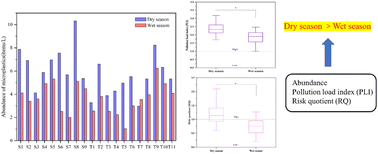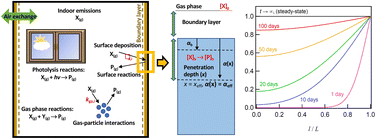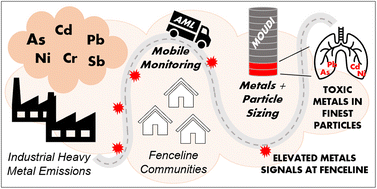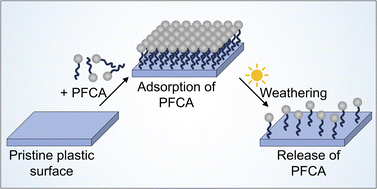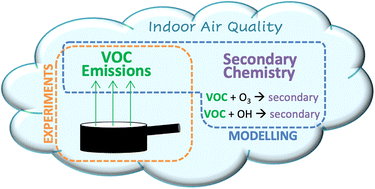Environ. Sci.: Water Res. Technol., 2023, Accepted Manuscript
DOI: 10.1039/D3EW00522D, Paper
DOI: 10.1039/D3EW00522D, Paper
yue yi, Yuxin Feng, Baoguo Wang, Haoran Nan, Zikai Hao, Tianbo Yi, Aiqin Luo
Electrochemically active bacteria (EAB) serve as the catalyst for microbial electrochemical systems, enabling simultaneous wastewater treatment and electricity generation. The increasing presence of toxic pollutants in wastewater may inhibit EAB...
The content of this RSS Feed (c) The Royal Society of Chemistry
Electrochemically active bacteria (EAB) serve as the catalyst for microbial electrochemical systems, enabling simultaneous wastewater treatment and electricity generation. The increasing presence of toxic pollutants in wastewater may inhibit EAB...
The content of this RSS Feed (c) The Royal Society of Chemistry

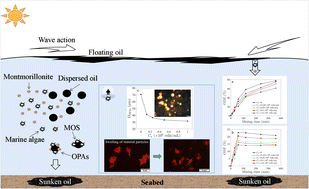
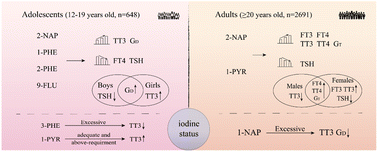

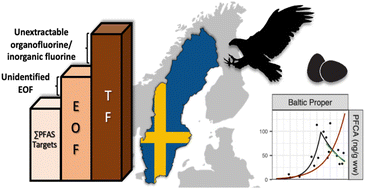
 Open Access
Open Access
